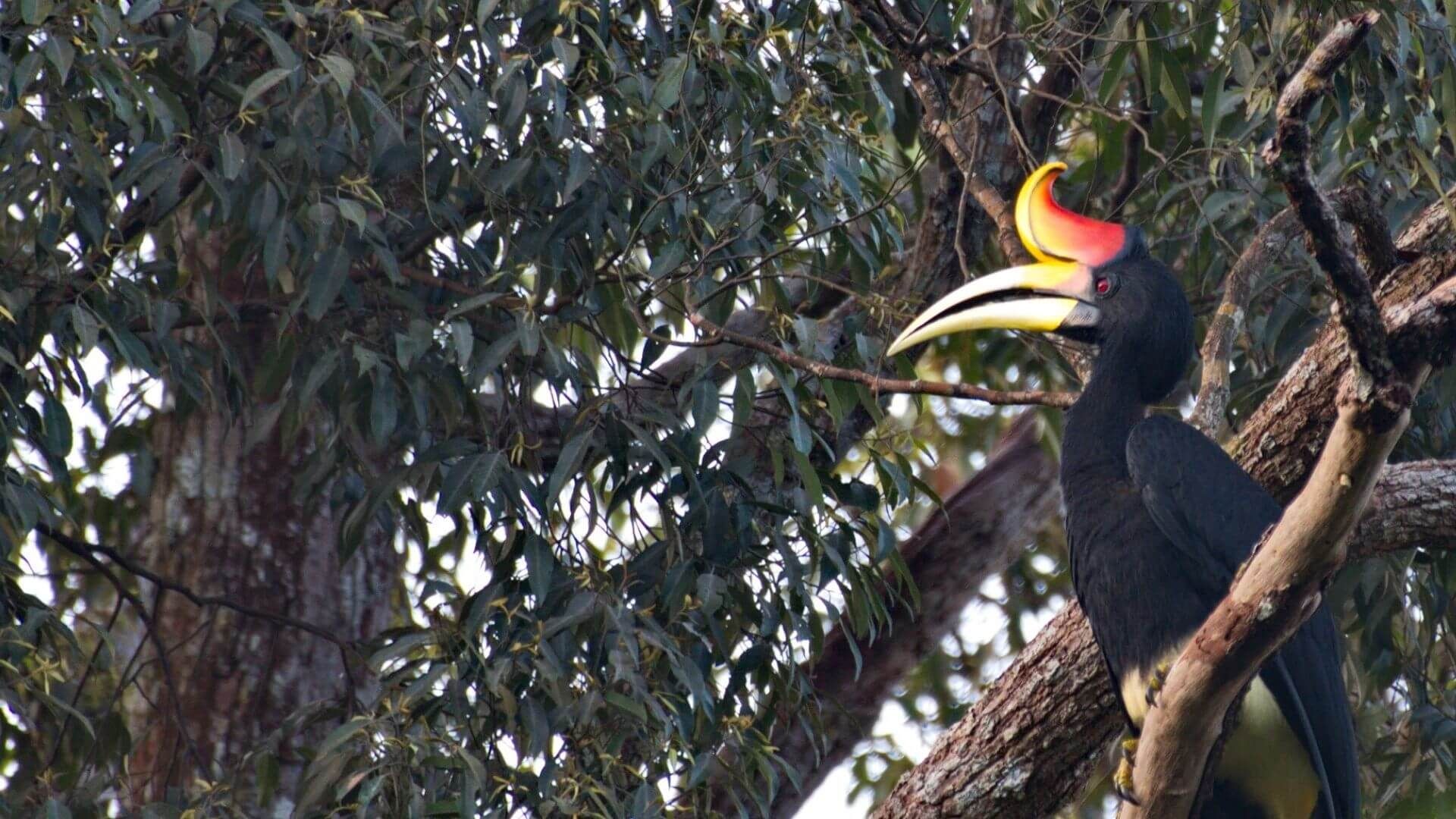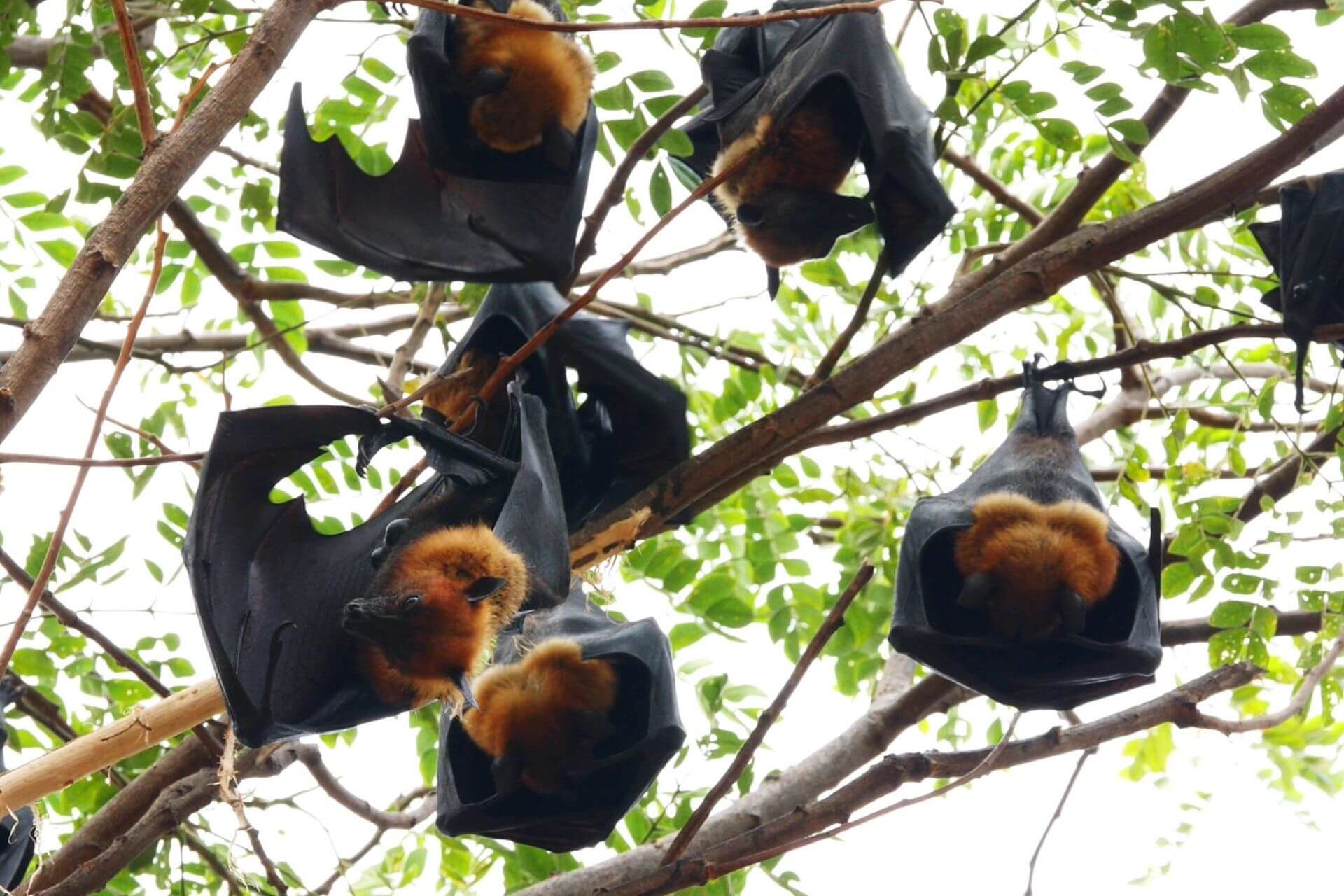The world is filled with animals of all shapes and sizes. There are giant, six ton elephants and whales the size of football fields, but there are also tiny shrews that weigh two grams and bats that are just over an inch! Even in single ecosystems do we find an incredible diversity of size. There is something a little unusual though: animals that we find in different locations, like eagles and tigers, tend to also have a bit of size variation based on their latitude. Scientists have discovered that many animals tend to be larger the further they are from the equator. They call this phenomenon Bergmann’s Rule, and it is seen in more animals than you may think, though it is rarely seen in reptiles.
Tigers & Bears
We commonly see Bergmann’s Rule being exemplified in mammals. The Sumatran tiger is one of the most endangered animals on the planet, only numbering about 400 individuals on their native island of Sumatra. This subspecies of tiger is the only island species remaining and the only tiger found in a tropical climate. If you have been lucky enough to see one, likely at a zoo, you may have thought they looked a little small. They are the smallest subspecies of tiger, with large males usually maxing out around 300 pounds. The Amur tiger, formerly known as the Siberian tiger, lives far north of the equator. A large Amur tiger can reach more than 600 pounds, more than double the size of the Sumatran tiger.
Bears are another great example; let’s focus on the smallest and largest species. Andean (or spectacled) bears are the only bear found in South America and inhabit the forests of the Andes Mountains near the equator. Males can weigh more than 300 pounds, depending on the season. Regardless of time of year, Andean bears are dwarfed by the largest species of bear, the polar bear. Some males in the Arctic easily exceed 1,000 pounds; talk about letting yourself go!
Bald Eagles
Though common in mammals, we also see Bergmann’s Rule in many bird species, including a variety of eagles! Female eagles are usually much larger than males, so we will focus on the ladies and a majestic species we all know and love, the bald eagle. In Florida, a native bald eagle may weigh less than 9 pounds and have a mere 6-foot wingspan. However, if you take a long trip up to Alaska, you might find a female weighing more than 14 pounds with an 8-foot wingspan! These incredible differences in size varying by distance from the equator have led to one giant, unanswerable question… why?
Theories
While we may never know exactly why some animals are smaller near the equator, we do have some theories. Larger animals have a smaller surface area-to-volume ratio, meaning they are nice and chunky but don’t have as much area for heat to escape from, which keeps them warm in their cool climates. Some scientists also suggest being thicker means having a larger fat supply to live off during the harshest months when food is scarce. While many theories make sense, we can only hypothesize at this time. Who knows, it could be a combination of all the theories! Now, I don’t know about you, but I find animals even cuter when they’re extra-fluffy, so maybe a move north is in order.











